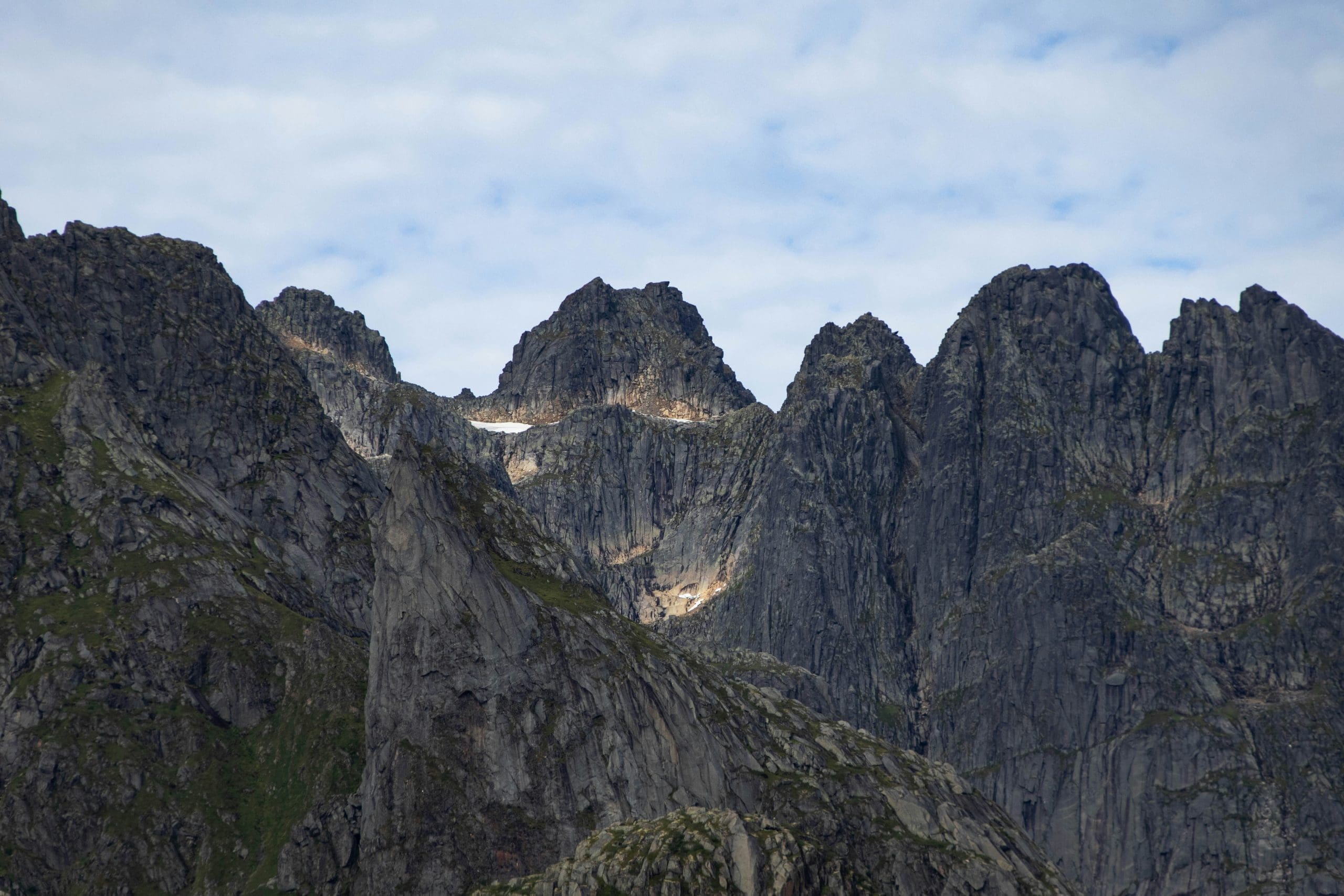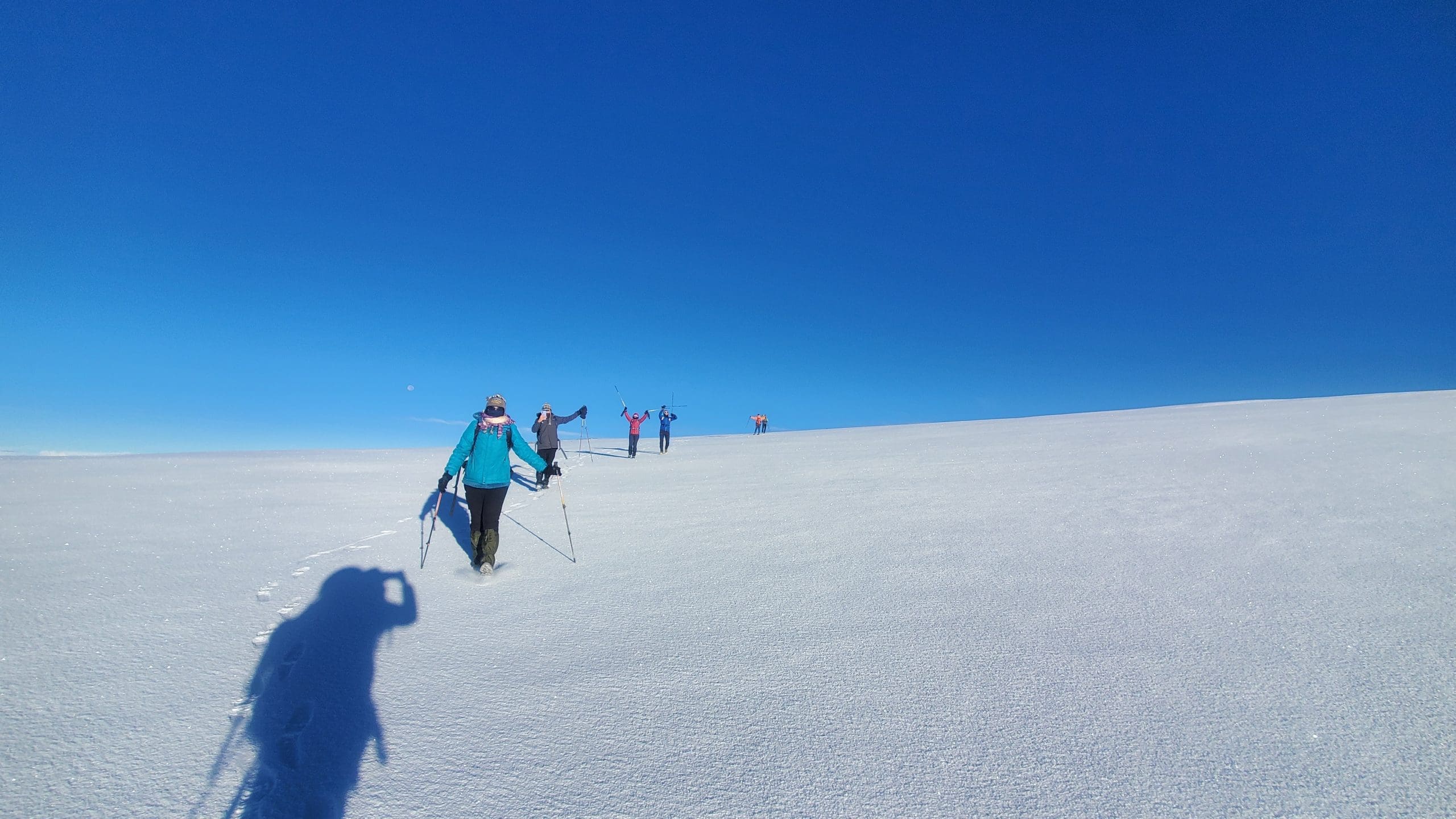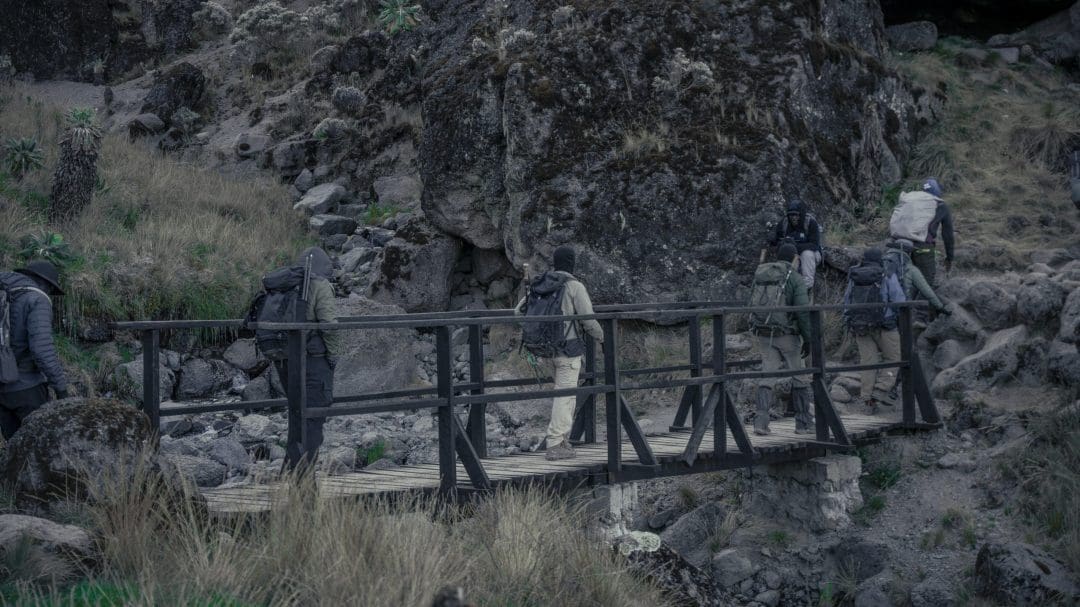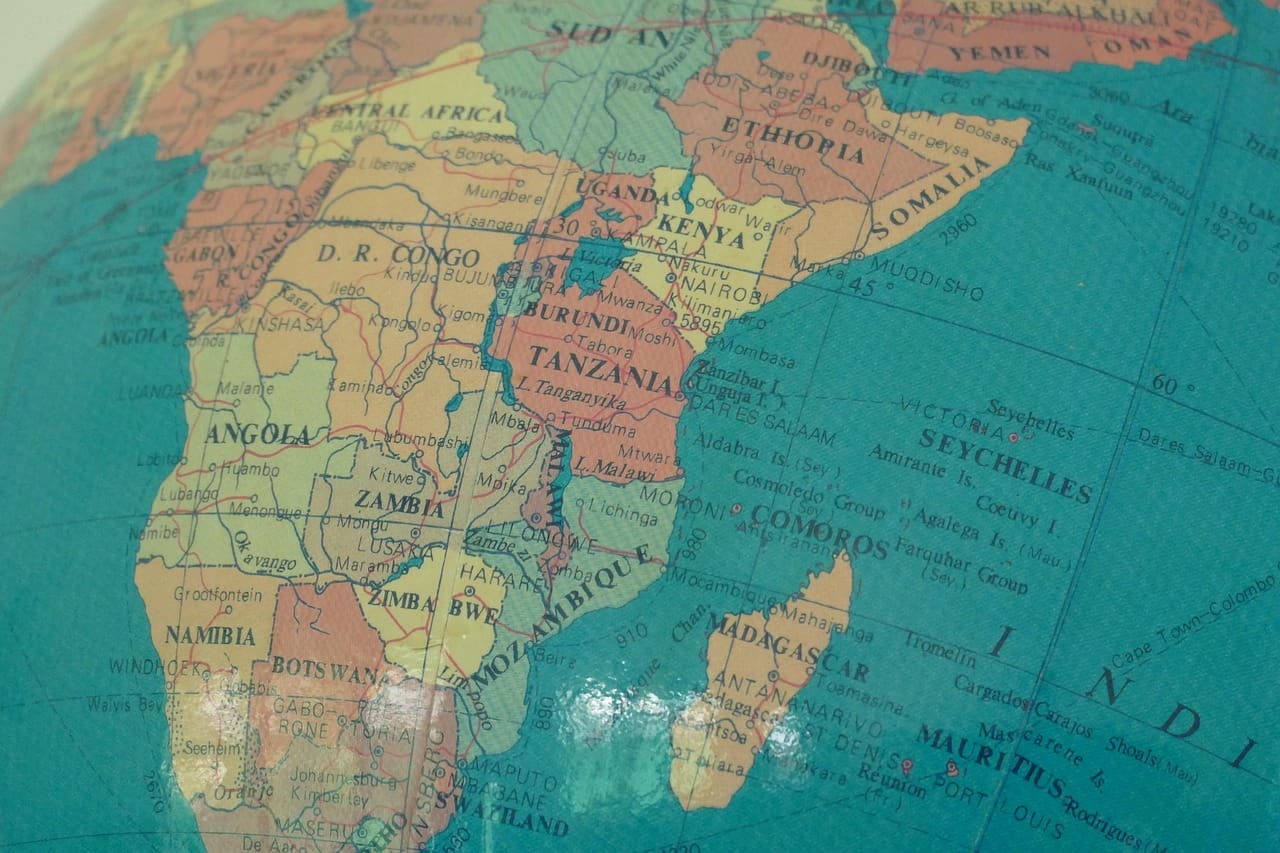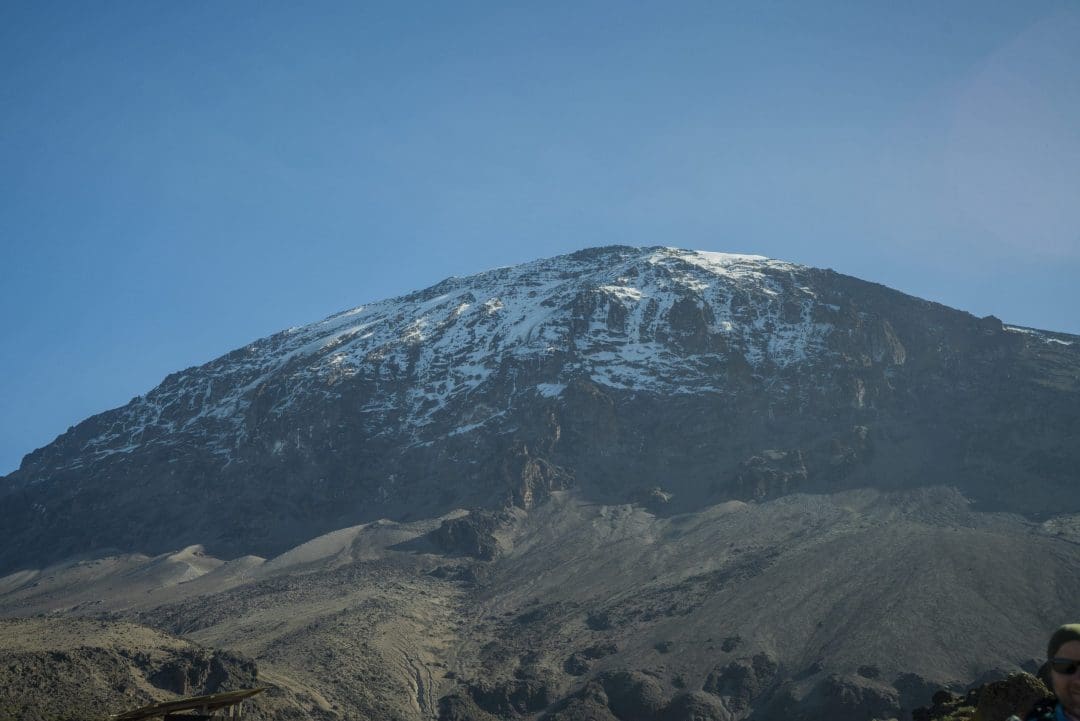As time goes by, everything is not the same, but not all things are lost. A selection of the world’s most significant monuments is ancient and has continued to exist for billions of years. Although volcanoes reshape them, these are the oldest mountains in the world, telling a story much older than humanity itself.
From South Africa’s ancient cratons to North America’s weathered ridges, these geological giants are more than just landscapes; they’re living fossils of Earth’s prehistoric past.
Let’s examine ten mountains and peaks that have survived for millions of years. At least two geological sources, including notable geology publications and environmental companies, have acknowledged each one.
1. Makhonjwa Mountains (Barberton Greenstone Belt), South Africa & Eswatini
Estimated Age: 3.2 to 3.6 billion years
The Makhonjwa range is commonly known as the oldest mountains in the world because they hold rock pieces from the Archean Aeon of life on Earth, a period when life on Earth was just beginning. These greenstone belts are so old that scientists use them to study Earth’s early atmosphere and crust formation.
2. Hamersley Range, Western Australia
Estimated Age: Approximately 3.4 billion years
Located on the Pilbara Craton, the Hamersley Range is the oldest mountain range on earth and a paradise for a geologist. Its old rocks incorporate banded iron formations that are essential in the ancient evolving processes of Earth’s atmosphere. Even in the period before oxygen was abundant, these iron-rich layers documented chemical transformation that rocked our planet. The region is also an essential mining centre in Australia today, with vast amounts of iron ore mined in the area, which dominates the world markets. However, despite its economic worth, the landscapes of Hamersley tell about the era when life on Earth had barely described its outlines.
3. Waterberg Mountains, South Africa
Estimated Age: 2.8 billion years
The Waterberg Mountains are an outstanding geological and ecological attraction of the northern part of South Africa. This range, which is the result of volcanic activity, tectonic movements of the Earth’s surface, and erosion processes millions of years ago, shows some of the oldest evidence of sedimentary deposition in the African continent. The strata of rocks in it contain remnants of prehistoric ecosystems, and as such, it is a significant place for the palaeontologist and the earth scientist. Nowadays, the Waterberg is also the region of wildlife reserves and beautiful vistas, appealing to the admirers of nature and conservationists. Its adventurous plateaus and red sandstone formations can be regarded as the silent witness to the rocky early history of the Earth.
4. Magaliesberg Mountains, South Africa
Estimated Age: 2.3 billion years
These are found in the Archean Aeon, which was established during one of the earliest ages in Earth’s geology. It was formed through the accumulation of sediments, including quartzite, conglomerate, and shale, in an ancient shallow sea. Over millions of years, these sediments were compressed and uplifted due to tectonic activity, creating the rugged terrain we see today, which is distinguished by having cliffs, deep valleys, and distinctive rock formations.
5. Guiana Highlands
Estimated Age: 2.0 billion years
In South America, the Guiana Highlands are considered one of the oldest regions on Earth. Most of these highlands are in Venezuela, with some in Guyana, Suriname, and Brazil, and their rocks are ancient crystalline rocks, including granite and gneiss. Tepuis and dense forests are key parts of this area’s topography.
6. Black Hills, South Dakota, USA

Estimated Age: 1.8 billion years
Although the Black Hills are only a few thousand feet high in the American Midwest, their geological history goes much farther back. They have Precambrian rock inside, and they’ve been uplifted and eroded many times over. Culturally, they are sacred to the Lakota people and home to Mount Rushmore.
7. St. Francois Mountains, Missouri, USA
Estimated Age: 1.5 billion years
Located in southeastern Missouri, the St. Francois Mountains are part of the ancient Ozark Plateau and were formed by volcanic activity during the Precambrian era. These mountains are among the few places in the central United States where igneous rocks are exposed at the surface. Despite their relatively low elevation today, they were once towering peaks. Over time, weathering smoothed them into rounded, wooded hills, but they still play a major role in understanding North America’s geological evolution. Their unique granite outcrops attract both hikers and geologists seeking a glimpse into the Earth’s deep past.
8. Stirling Range, Australia
Estimated Age: 1.3 Billion Years Old
The Stirling Range is found on the western coast of Australia and is inside the national park with the same name. They are shaped by the movement of the Australian tectonic plate and are known for their jagged peaks and cliffs. The range’s highest point, Bluff Knoll, reaches 3,605 feet (1,099 meters) and gives a fantastic view of the area’s ancient environment.
9. Blue Ridge Mountains, United States (West Virginia to Georgia)
Estimated Age: 1.2 billion years
Stretching across several states in the eastern U.S., the Blue Ridge Mountains are a defining part of the Appalachian range. Composed of ancient metamorphic and igneous rocks, they date back to the Proterozoic Era and have survived multiple tectonic collisions and erosional cycles. These mountains are renowned not only for their geological history but also for their ecological richness, including diverse flora and fauna, hardwood forests, and misty valleys. Popular with hikers and history enthusiasts, the Blue Ridge Parkway offers one of the most scenic drives in the country. Their enduring presence connects the natural and cultural history of the region profoundly.
10. Laurentian Mountains, Canada
Estimated Age: 1.0 billion years
This is located in southern Quebec, and is one of North America’s oldest mountain ranges and among the most ancient exposed formations in the Canadian Shield. Geologists think that bedrock has been forming since the Precambrian era and is thus at least a billion years old.
They were initially part of an enormous range that rivalled today’s Himalayas in scale. Eventually, due to erosion by water and ice as well as shifting of land, they were reduced to the gentle, forested hills around them.
How is a Mountain’s Age Determined?

Unlike counting tree rings, determining the age isn’t straightforward. They don’t come with birth certificates. Instead, geologists use tools like radiometric dating, stratigraphy, and fossil analysis to tell when a landform started rising.
The “age” usually refers to when the bedrock is formed, not when it first appeared as a peak. That’s why some of the oldest mountains may no longer be tall or sharp; erosion has gradually rounded their summits, making them look more like hills than peaks.
Still, these formations remain significant. They reveal evidence of the time when continents came together and volcanoes reshaped the planet.
What Is the Oldest Mountain Range in the World?
The title of the oldest mountain range in the world is most often awarded to the Makhonjwa Mountains in southern Africa. These formations, which are also called the Barberton Greenstone Belt, are over 3.2 billion years old, as shown by many different geological studies.
Modern ranges such as the Himalayas only formed recently, but the Makhonjwa formed when Earth’s crust was still just forming. The rocks here are so old that they contain traces of the earliest microbial life, making them a site for geologists and astrobiologists studying early Earth conditions.
Even though a few peaks are thought to be ancient, the Makhonjwa Mountains stand out as the oldest continuous mountain range in the world.
While Kilimanjaro is younger compared to these ancient ranges, it remains one of the most iconic peaks in the world. If you’re more drawn to high-altitude adventures than ancient geology, consider climbing Mount Kilimanjaro, a life-changing journey up Africa’s highest freestanding mountain.
Are the Blue Ridge Mountains Part of the Smoky Mountains?
The Blue Ridge Mountains stretch from southern Pennsylvania through West Virginia, Virginia, North Carolina, and into northern Georgia. They form a part of the larger Appalachian Mountain chain.
Within the Blue Ridge region, there’s a well-known subrange called the Great Smoky Mountains. These sit along the border of North Carolina and Tennessee.
So, are they part of the same range?
Yes. The Smokies belong to the larger Blue Ridge chain, which itself is a section of the broader Appalachians.
If you’re also interested in dramatic elevation and more recent peaks, check out our guide to the Tallest Mountains in the Continental United States. You may also want to explore Mount Kilimanjaro Height, Africa’s tallest mountain and one of the most iconic climbs in the world.
Frequently Asked Questions
What is the oldest mountain in the world?
The Makhonjwa Mountains (also called the Barberton Greenstone Belt) in South Africa are considered among the oldest mountains in the world, with rock formations dating back 3.2 to 3.6 billion years.
This range stands out not just for its age but for its remarkable preservation. It’s one of the few places on Earth where scientists can study the crust from Earth’s earliest days.
How are mountain ages measured?
Their ages are typically determined by dating the bedrock using radiometric methods. This reveals when the rock formed, not necessarily when it first rose above ground level.
Are the Appalachian Mountains older than the Himalayas?
Yes. The Appalachians are around 480 million years old, while the Himalayas are relatively young at 50–60 million years old. The Appalachians have been heavily eroded, which is why they are lower in elevation today.
Why do older mountains appear smaller?
Over time, wind, rain, ice, and tectonic shifts wear down tall peaks. That’s why they are often rounded and less imposing in height. They’ve been eroded for hundreds of millions, even billions, of years.



